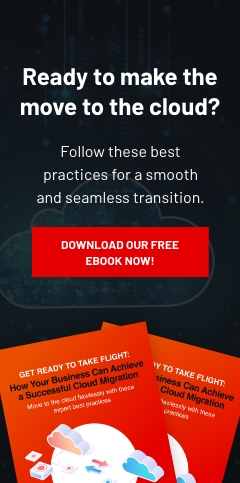Over time, your company’s computers can slow down as you install more programs, add more processes, and create more files. When that happens, your business’s productivity can suffer. Sluggish devices can cause your employees to take longer to complete their tasks and customers may feel frustrated with slow service.
Fortunately, you can speed up your devices by trying out the following tips:
1. Remove unused applications and files
If your computer is a few years old, its hard drive may have accumulated unused software and data, which can take up valuable storage space. However, hard drives also need empty space for virtual memory. When your RAM becomes full, your computer creates a file on your hard drive for any overflow tasks. If you don’t have available space for this, the computer may significantly slow down.
To speed up your computer, remove any unnecessary applications, and files that haven’t been accessed in a long time. You can use an automated file cleanup tool like Disk Cleanup and CCleaner to identify and remove any unnecessary applications and files.
When your RAM becomes full, your computer creates a file on your hard drive for any overflow tasks. If you don’t have available space for this, the computer may significantly slow down
.
2. Defragment your hard drive
As you use your computer, the data stored on your hard drive can become fragmented. This happens when a file is broken up into several pieces and stored in different locations on your hard drive. When this occurs, your computer will take longer to access these files because it has to search for each piece of the file in different locations.
To fix this problem, you can use a disk defragmentation tool on Windows to consolidate the fragmented files and improve your computer’s performance. If you’re using a Mac, your system will automatically defragment your drive.
3. Get rid of malware
Malicious programs like viruses, spyware, or Trojan horses can significantly hinder your computer's performance. These malware can also corrupt your system and even delete important files from your hard drive.
To protect your computer from these threats, install a reliable antivirus program. Antivirus programs can identify and remove malware from your system, as well as protect your computer against potential threats. Be sure to keep your software up to date by installing the latest security patches to patch any vulnerabilities that new malware variants may exploit.
4. Disable startup programs
When you turn on your computer, some apps automatically run in the background without you noticing. If there are several resource-intensive programs starting up simultaneously, it may take your computer some time to boot up.
It’s therefore important to identify the programs that run on startup. You can do this by opening Task Manager on a Windows computer or System Preferences on a Mac. Once you’ve identified the applications that are slowing down your computer’s boot time, disable them to improve your system performance and speed.
5. Clear your browser’s cache
Your web browser’s cache is where files are stored to load web pages quickly, especially those that you often visit. When the cache gets full, however, it can take a toll on your browser’s performance and website loading times.
Clear your browser’s cache by pressing Ctrl + Shift + Delete on a Windows PC or Command + Shift + Delete on a Mac. This will open the Clear Browsing Data tab. Select the browsing data you want to delete, then click Clear now.
6. Upgrade hardware components
The various hardware components within your computer may become incapable of meeting your company's growing needs over time. For example, your computer’s processor might not be able to handle new software programs or large datasets efficiently, which can result in poor system performance.
When this happens, you’ll need to upgrade your computer’s hardware. For instance, you can replace an old hard drive with a solid-state drive. Alternatively, you can install additional RAM to help your computer handle more data.
If you are unsure which hardware components you should replace, a dependable managed IT services provider like Complete Document Solutions can help. We will analyze your IT infrastructure and recommend the best way to speed up your computers. Contact us today to optimize your system’s performance.



Leave a comment!